New York Central Business District
August 9th, 2024New York City’s Central Business District, which encompasses Midtown and Downtown Manhattan, has been an influential economic and financial capital since the 19th century, mainly thanks to the presence of the New York Stock Exchange (NYSE) and other important financial institutions.
Today, it is the largest central business district in the United States, with a total area of 2.2 square miles.
Key Facts & Figures about NYC Central Business District
- The central business district consists of three sub-districts: Midtown, Midtown South, and Downtown, which are further divided into 18 sub-markets.
- There are approximately 190,000 small businesses, which employ more than 900,000 people.
- This area is home to 40 Fortune 500 corporations, the highest concentration in the country.
- The New York central business district was recently listed as the second best startup ecosystem in the nation and worldwide.
- The central business district has more than 617,000 residents and nearly 900,000 people commute into the area every day.
- Local companies attracted nearly $20bn in venture capital funding in 2023.
- In 2023, NYC attracted more than 62 million visitors per year, with business travelers accounting for 20% of the total.
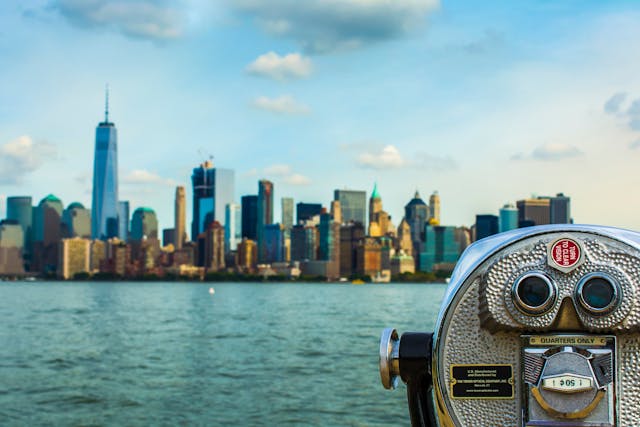
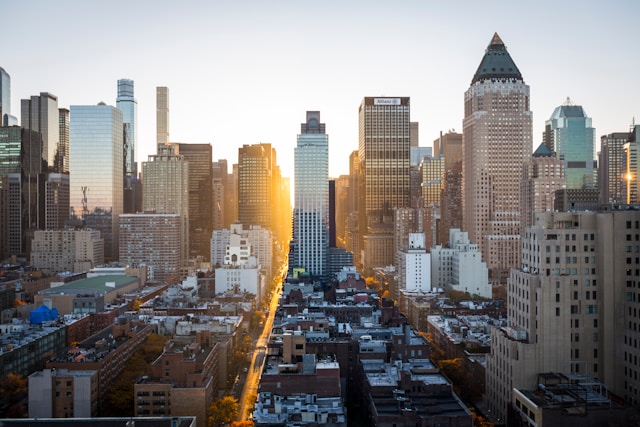
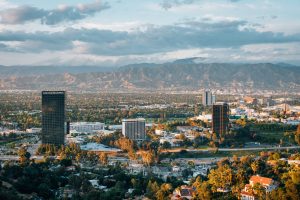 Los Angeles County is home to the nation’s second largest metropolitan area and to one of the world’s most powerful economies. The county is made up of 88 cities and has approximately 300,000 employers, which provide jobs to a workforce of nearly 5 million people.
Los Angeles County is home to the nation’s second largest metropolitan area and to one of the world’s most powerful economies. The county is made up of 88 cities and has approximately 300,000 employers, which provide jobs to a workforce of nearly 5 million people.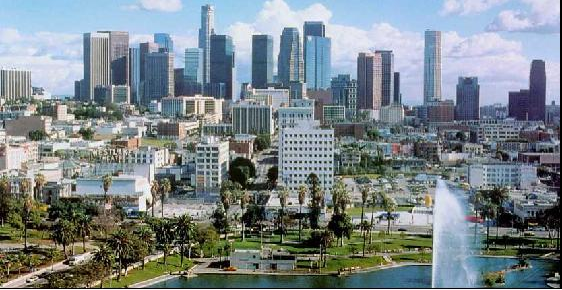 Los Angeles CBD is a thriving commercial hub comprised of 15 districts: Skid Row, Civic Center, Little Tokyo, Old Bank, South Park, Historic Core, Gallery Row, Fashion District, Arts District, Warehouse District, Jewelry District, Industrial District, and Toy District. Bunker Hill and the Financial District are also part of downtown Los Angeles and are considered the city’s business core area.
Los Angeles CBD is a thriving commercial hub comprised of 15 districts: Skid Row, Civic Center, Little Tokyo, Old Bank, South Park, Historic Core, Gallery Row, Fashion District, Arts District, Warehouse District, Jewelry District, Industrial District, and Toy District. Bunker Hill and the Financial District are also part of downtown Los Angeles and are considered the city’s business core area.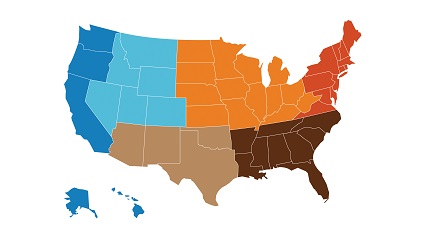 Centered on the north-central region of the country, the Midwest United States includes 12 states including Illinois, Indiana, Iowa, Kansas, Michigan, Minnesota, Missouri, Nebraska, North Dakota, Ohio, South Dakota and Wisconsin. Although major urban centers such as Chicago are known around the world as key economic drivers, the Midwest is also home to several smaller cities that provide promising conditions for new businesses. WalletHub’s 2015 ranking of the best cities to start of a business in the United States included six Midwestern cities in the top 20. The ranking used a number of metrics, from the five-year survival rate of businesses to the affordability of office space.
Centered on the north-central region of the country, the Midwest United States includes 12 states including Illinois, Indiana, Iowa, Kansas, Michigan, Minnesota, Missouri, Nebraska, North Dakota, Ohio, South Dakota and Wisconsin. Although major urban centers such as Chicago are known around the world as key economic drivers, the Midwest is also home to several smaller cities that provide promising conditions for new businesses. WalletHub’s 2015 ranking of the best cities to start of a business in the United States included six Midwestern cities in the top 20. The ranking used a number of metrics, from the five-year survival rate of businesses to the affordability of office space.

